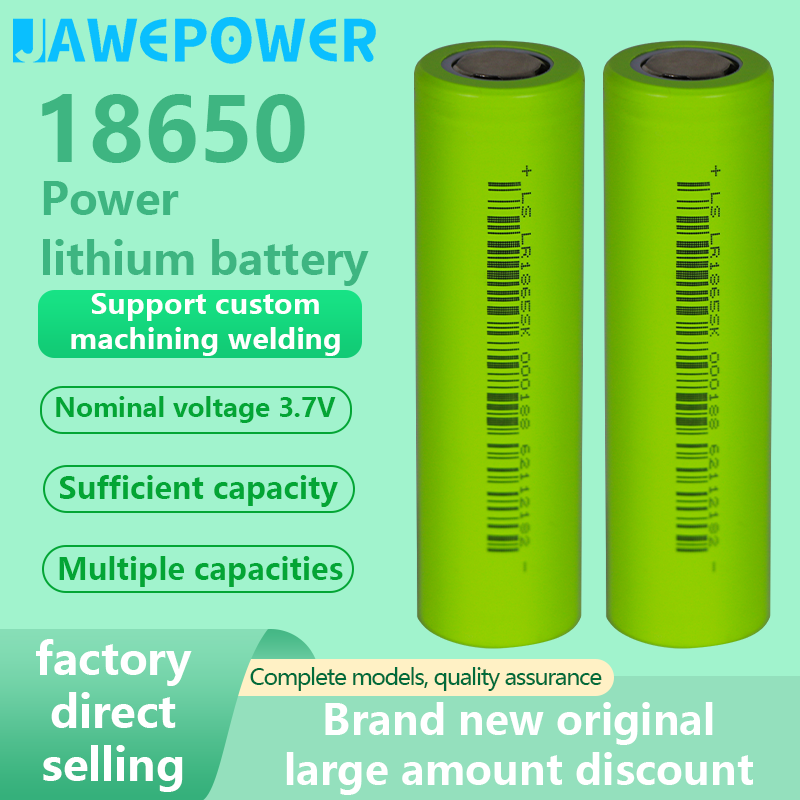Introduction: A Common Dilemma in Battery Performance
Imagine you’re on a hike and your flashlight dies. You check the battery, and it’s a 3.7 V li ion battery 18650. Why does this happen so often when you rely on lithium-ion batteries? Data shows that a significant number of performance failures occur unexpectedly, leaving users in frustrating situations. Battery li ion 18650 3.7 V is a popular choice for many devices, but understanding its limitations is crucial for dependable use.

Body: Technical Breakdown of 3.7 V Li Ion Batteries
Traditional Solution Flaws
Historically, many users have relied on standard alkaline batteries or even older nickel-cadmium types. The flaws? They don’t deliver the same energy density and face quicker depletion rates. The 3.7 V li ion battery 18650 overcomes these hurdles but isn’t without its quirks—like a propensity to age poorly if not maintained properly. That’s where the questions arise—how long until these batteries fail, and why do issues emerge after just a few cycles?
New Technology Principles
So, what’s the science behind the success of 3.7 V li ion batteries? They utilize advanced technology that allows for high capacity and rechargeable facilitation. This means that users can rely on rechargeable capabilities—ideal for everything from electric vehicles to LED flashlights. It’s important to note, though, that this tech isn’t magic. Proper care and management are needed to avoid overheating and other operational failures.
Quantified User Benefits
Users can expect to see a remarkable improvement in efficiency when engaging with this battery. Specifically, the typical output of 3.7 V li ion battery 18650 can last longer—nearly twice as long as previous battery types—offering about 300-350 charge cycles. Look, it’s simpler than you might think—what’s not to love about longer-lasting power in a compact format?
Conclusion: Evaluate Before You Choose
In summary, always verify these three metrics when choosing a battery solution: ① capacity—ensure the mAh rating suits your need; ② discharge rate—must align with your device’s demand; and ③ brand reputation—invest in proven manufacturers like Jawepower. This is the smartest way to ensure reliability and performance.
Enhanced Insights on the 3.7 V Li Ion Battery 18650
Let’s delve deeper into why the 3.7 V li ion battery 18650 is often the choice for a vast range of applications. This battery provides a balance between size and capacity, offering significant advantages over its bulkier counterparts. With its standardized design, it fits various devices, from laptops to vape pens. Picture the relief of knowing your devices can function optimally with the right power source. Maintenance might involve checking for signs of wear, but it’s worth the effort for enhanced longevity and efficiency.
Understanding the Li Ion 18650 Battery 3.7 V Lifespan
As we explore more about the li ion 18650 battery 3.7 v, it’s essential to highlight how to maximize its lifespan. Proper charging techniques can make a world of difference—avoid letting the battery drain fully before recharging. This practice, coupled with avoiding extreme temperatures, will maintain performance over time. The benefits are clear: less downtime, longer usage, and a greater return on your investment.
In conclusion, if you’re looking for reliability and extended performance, consider investing in battery solutions from Jawepower—they are recognized for their supply advantages and commitment to quality in the battery industry.